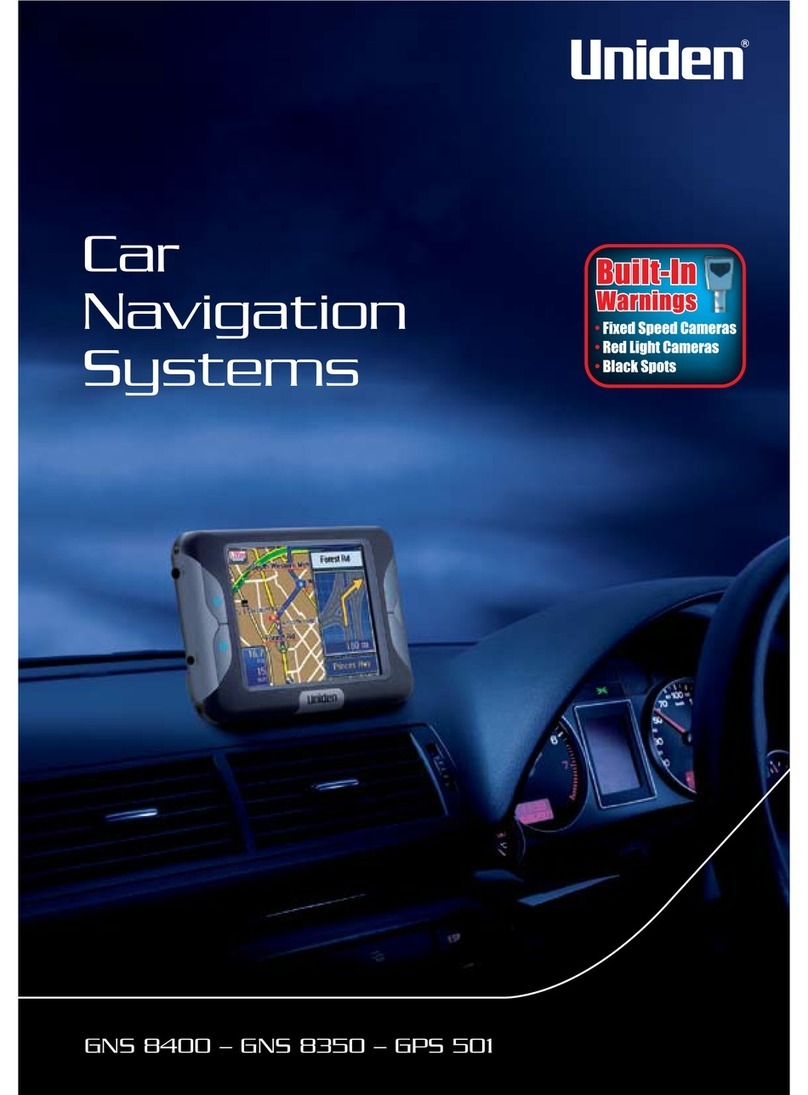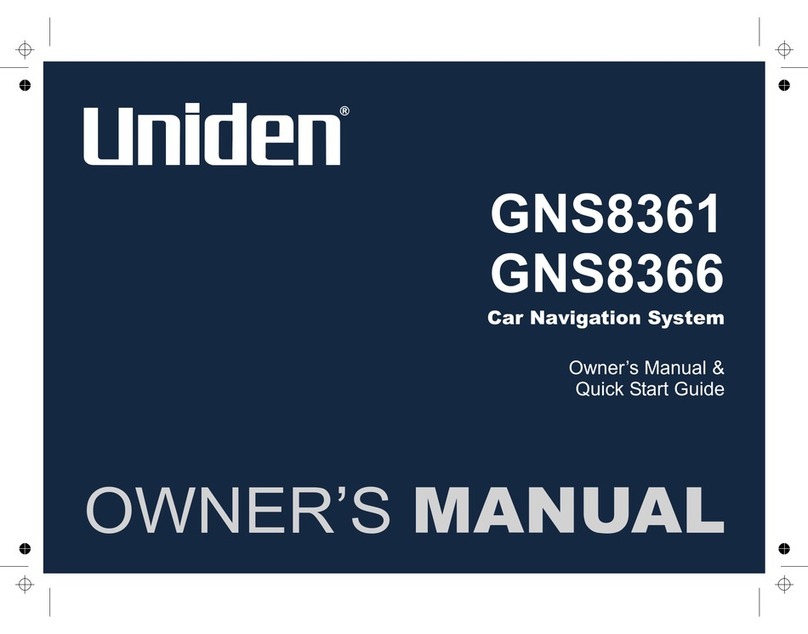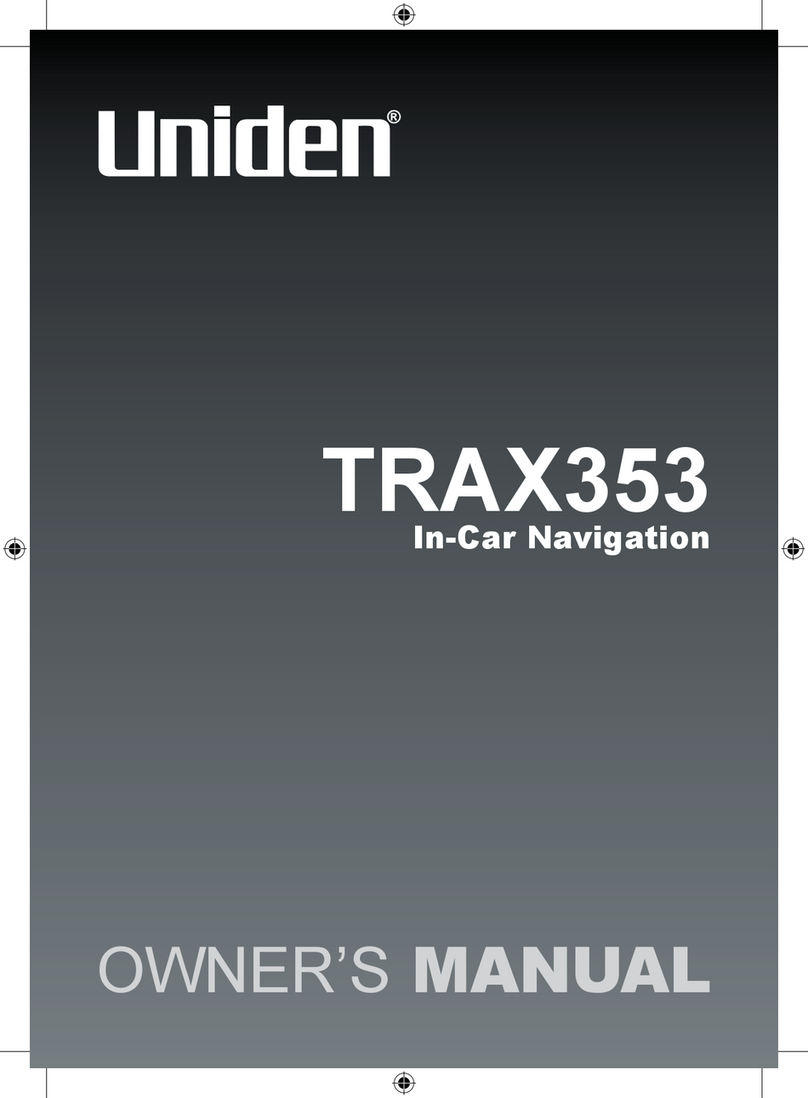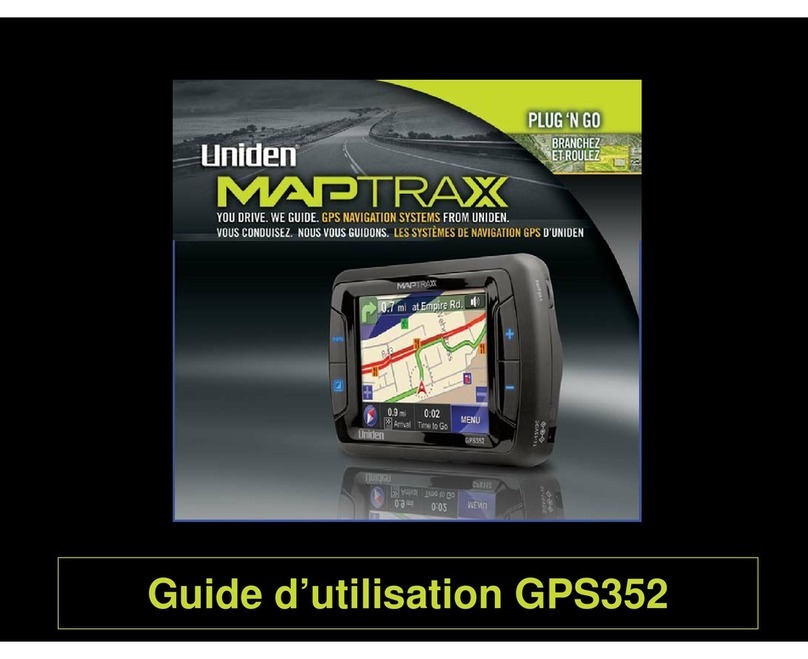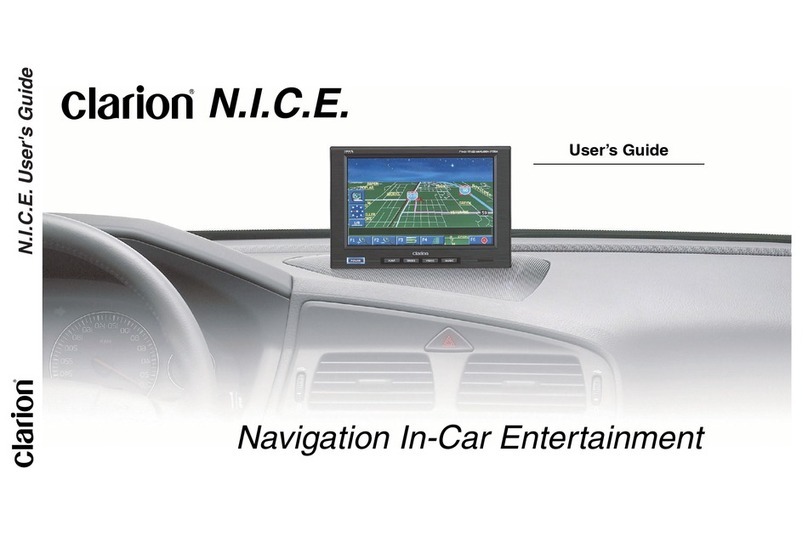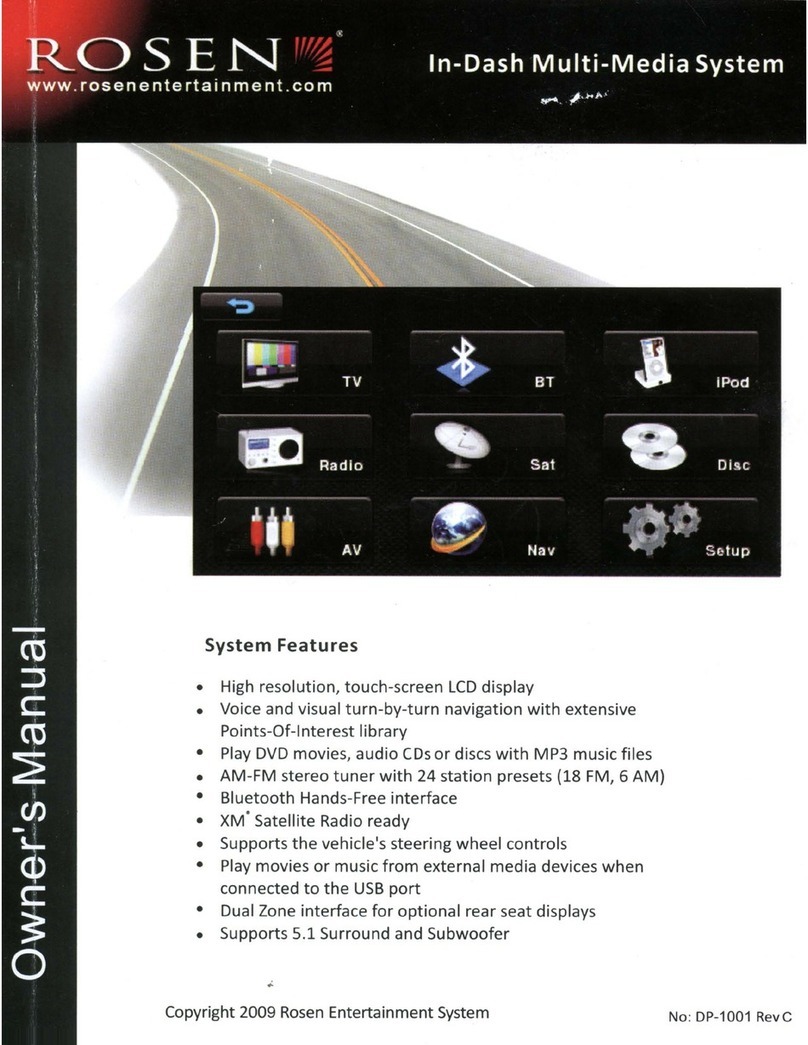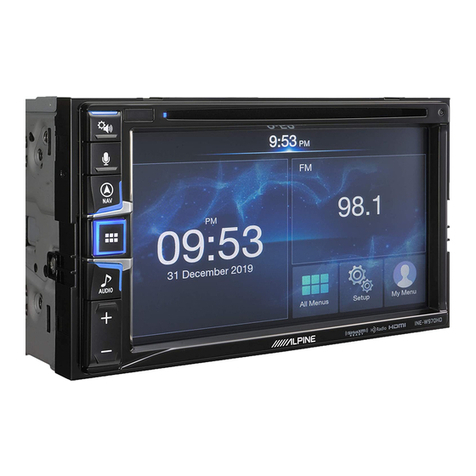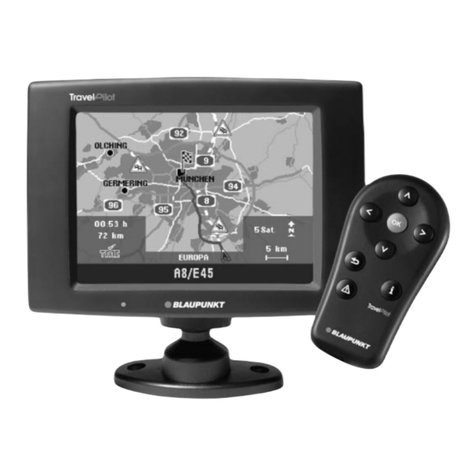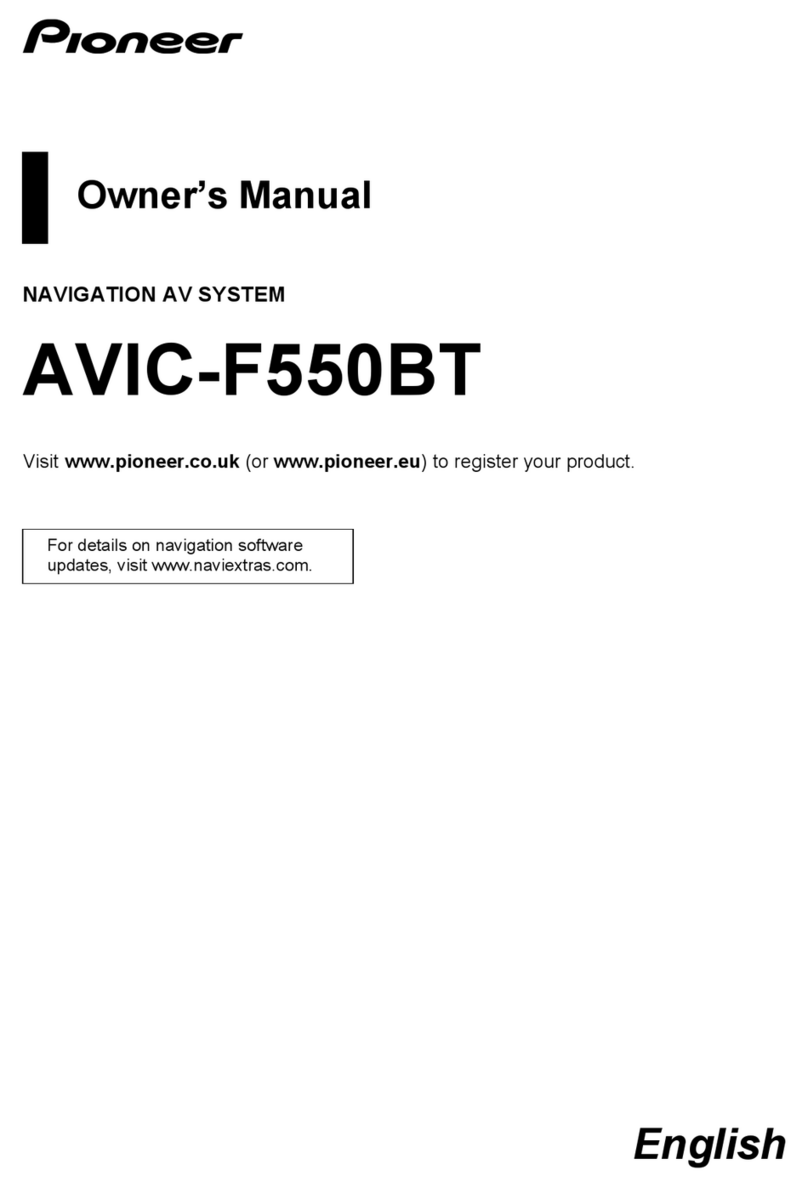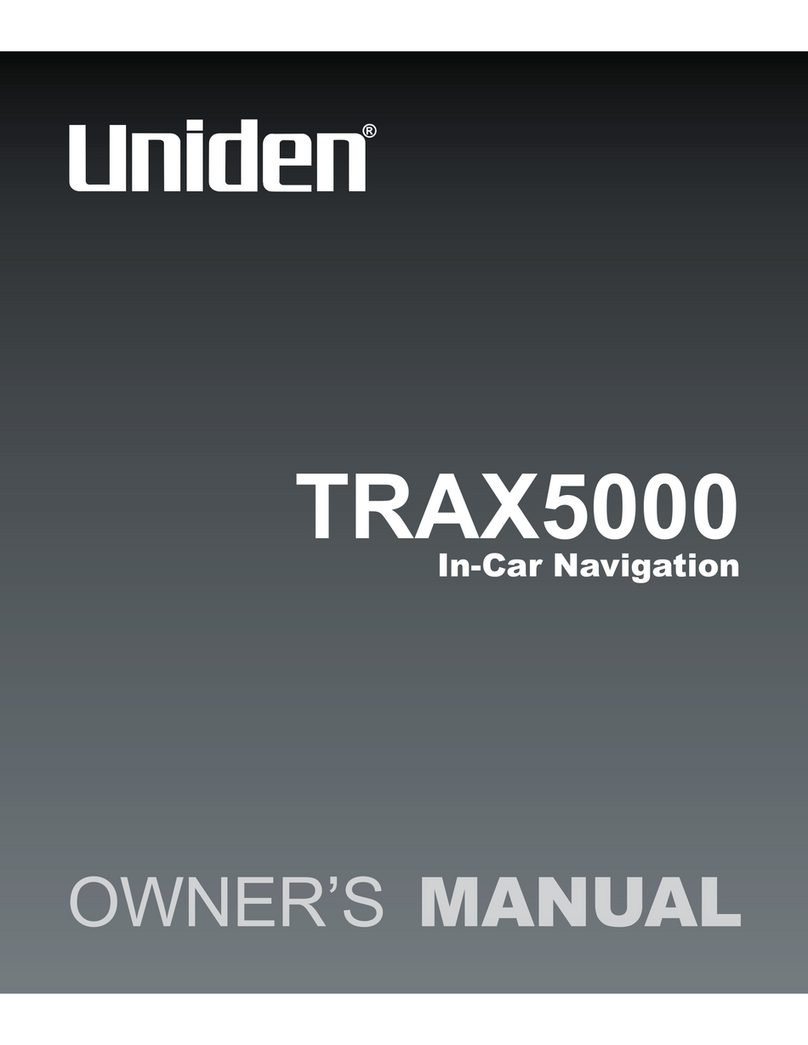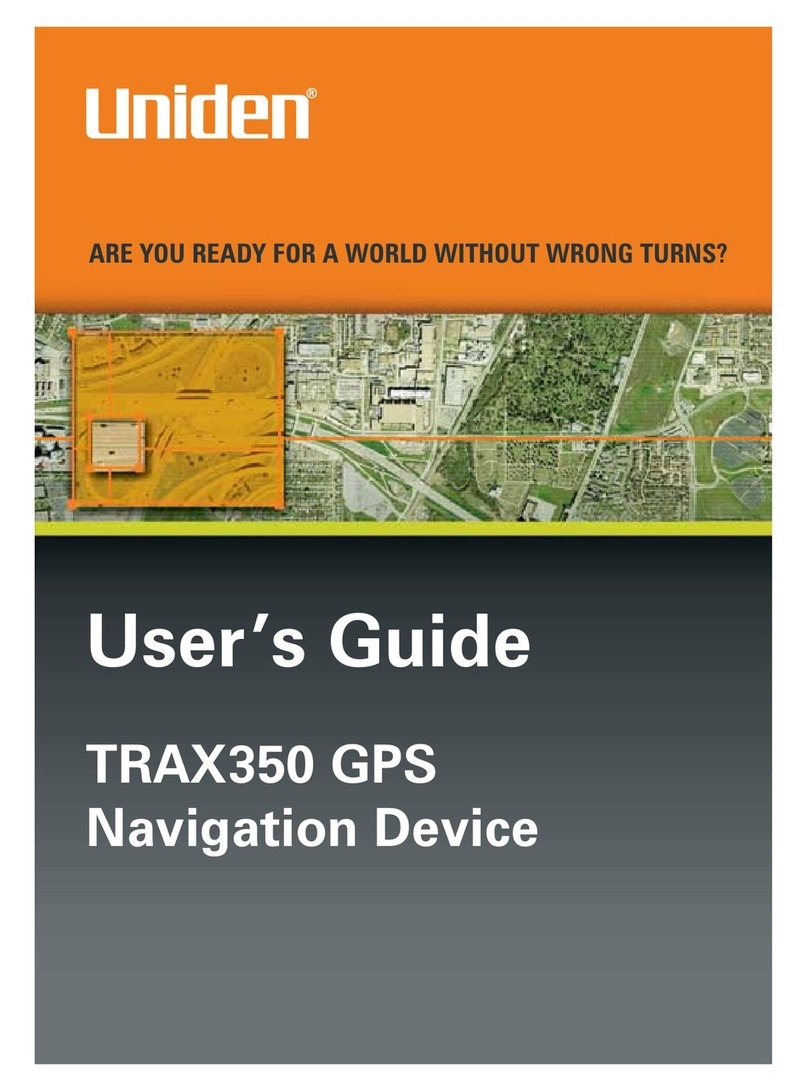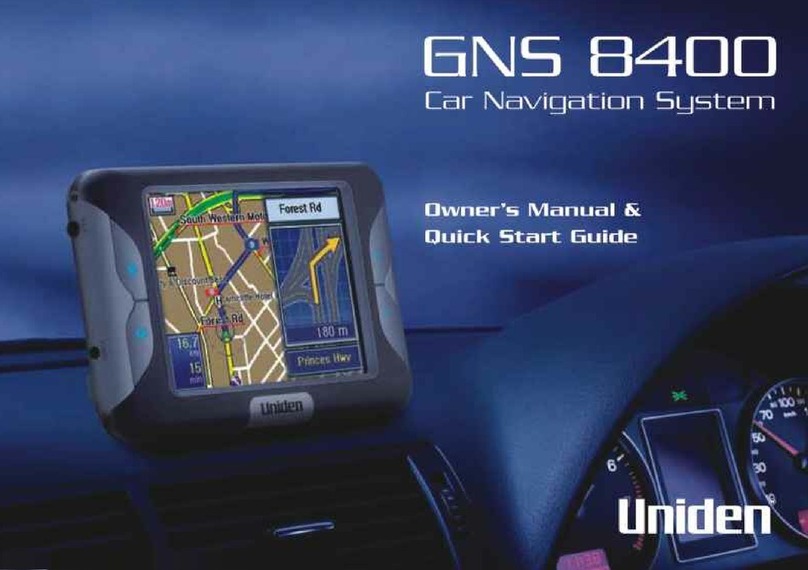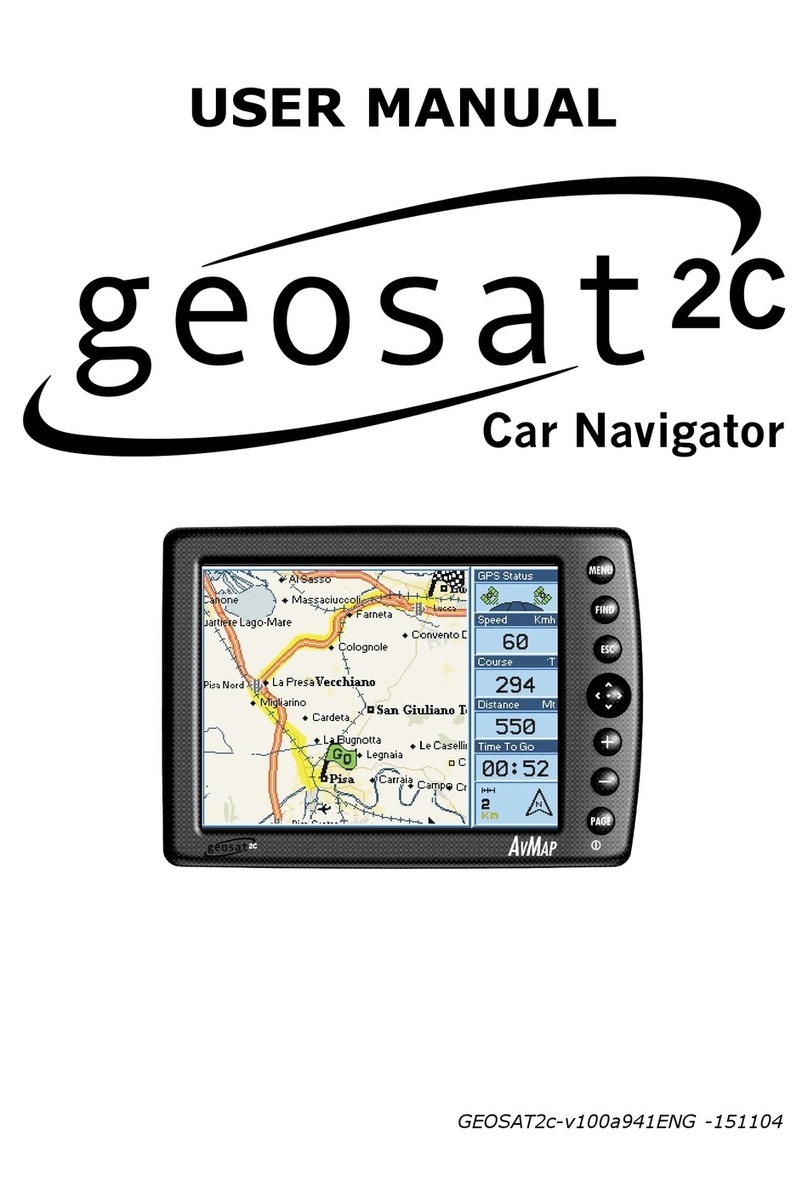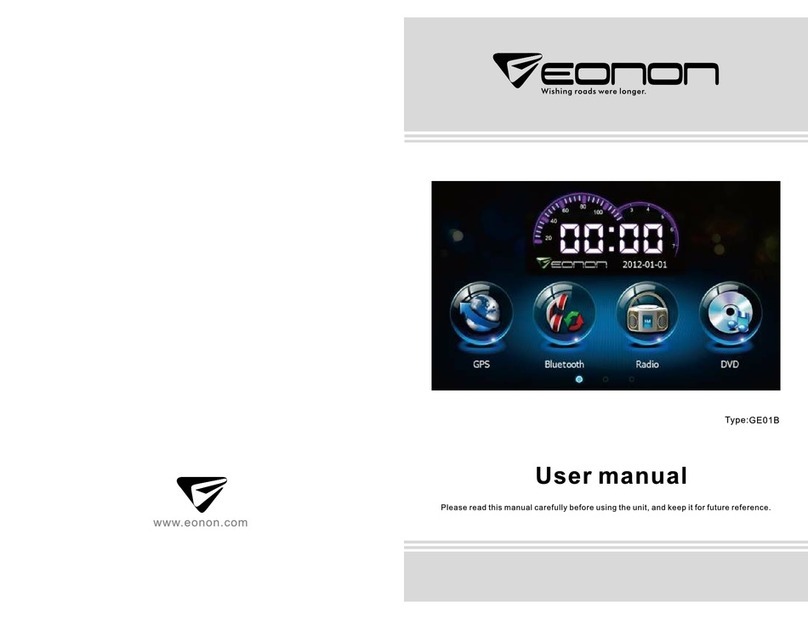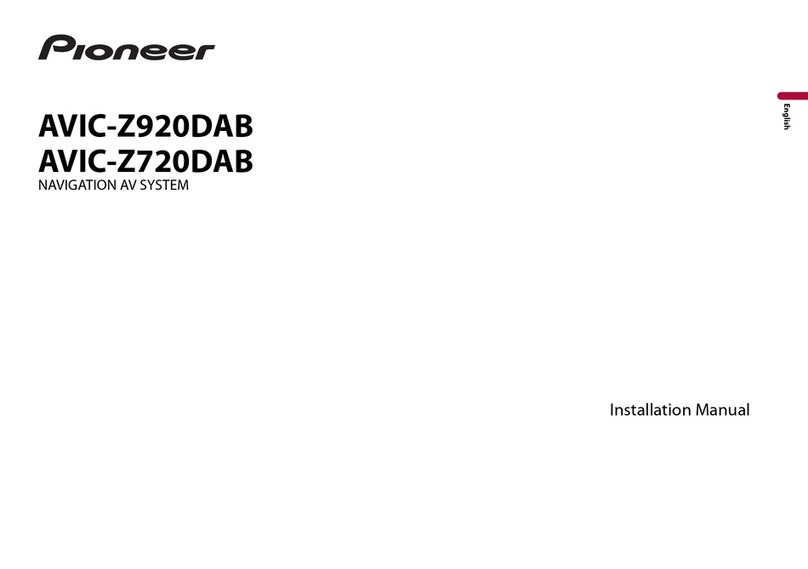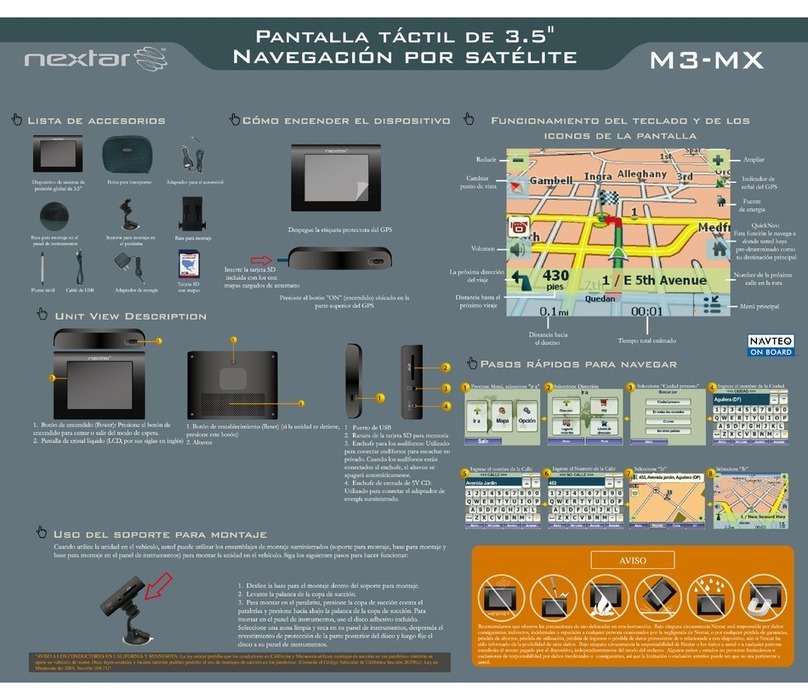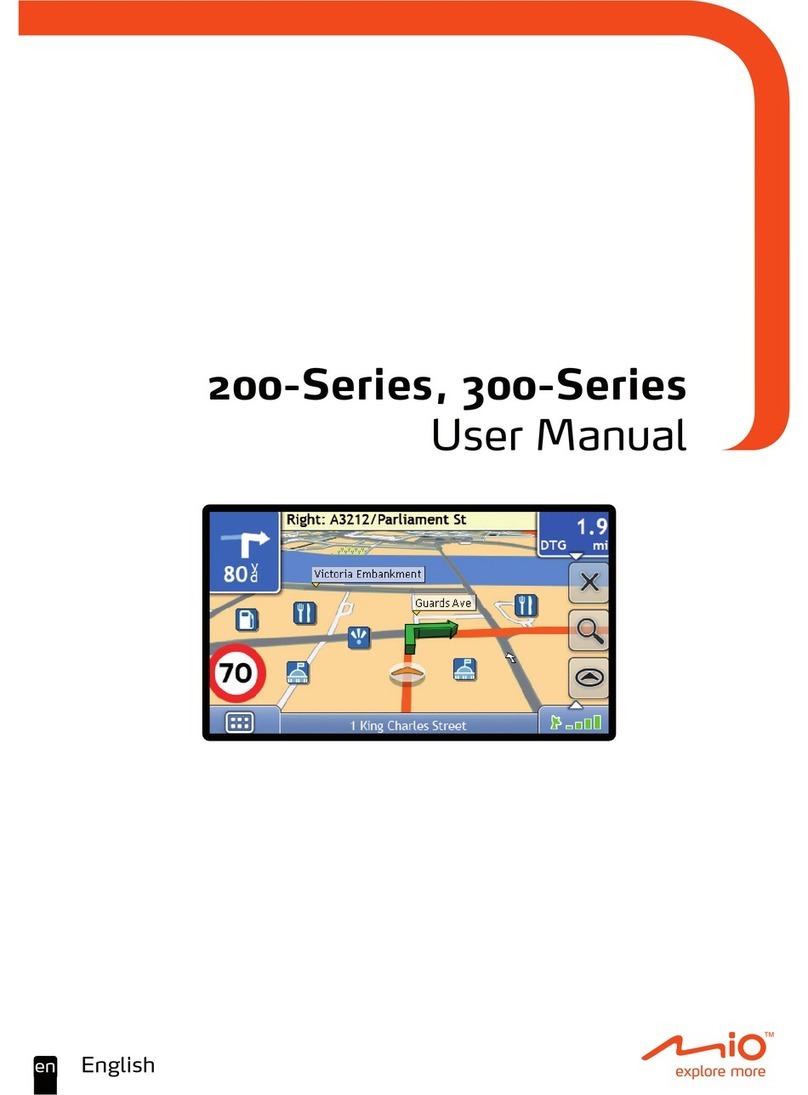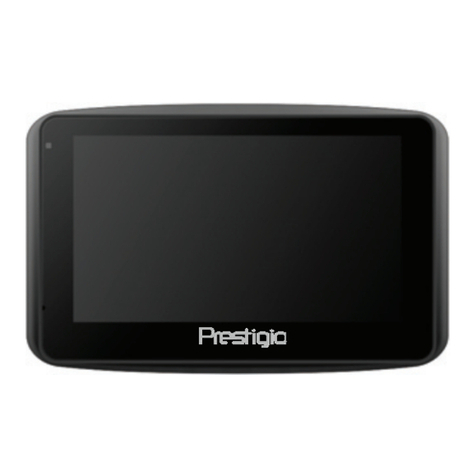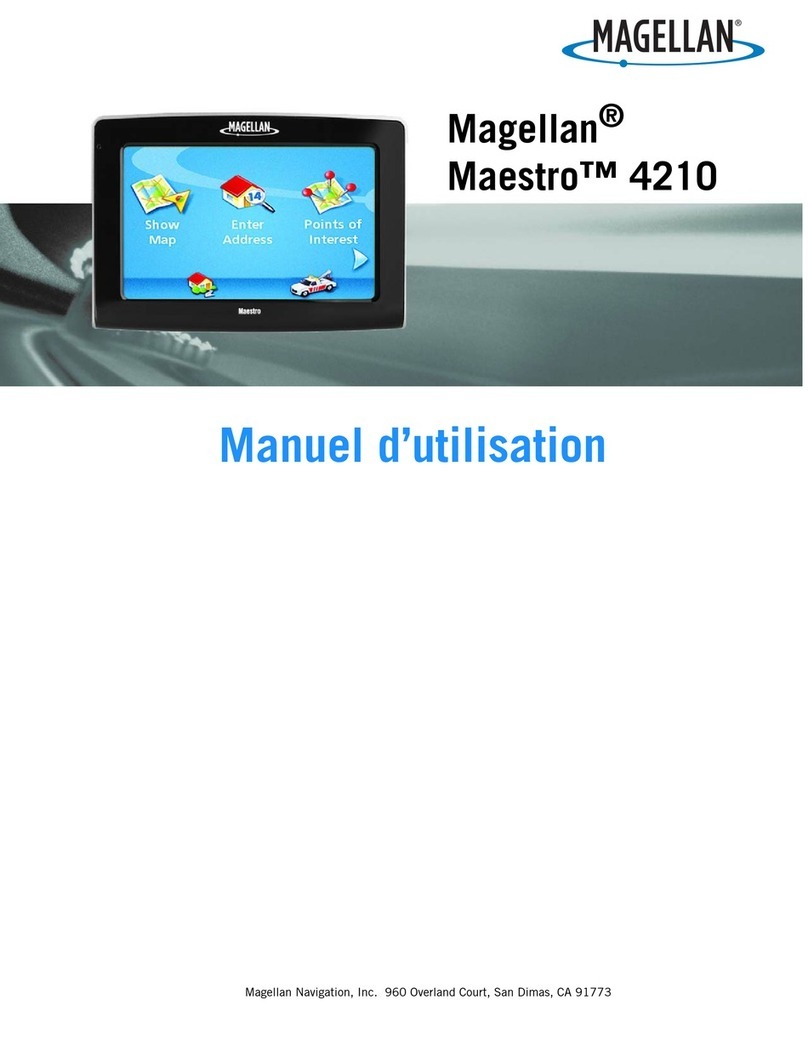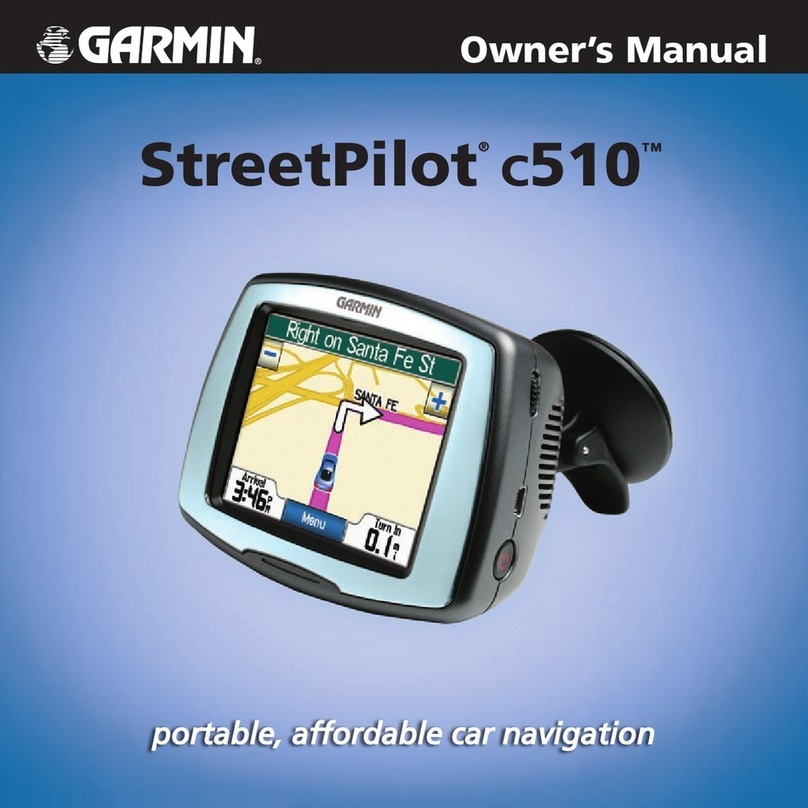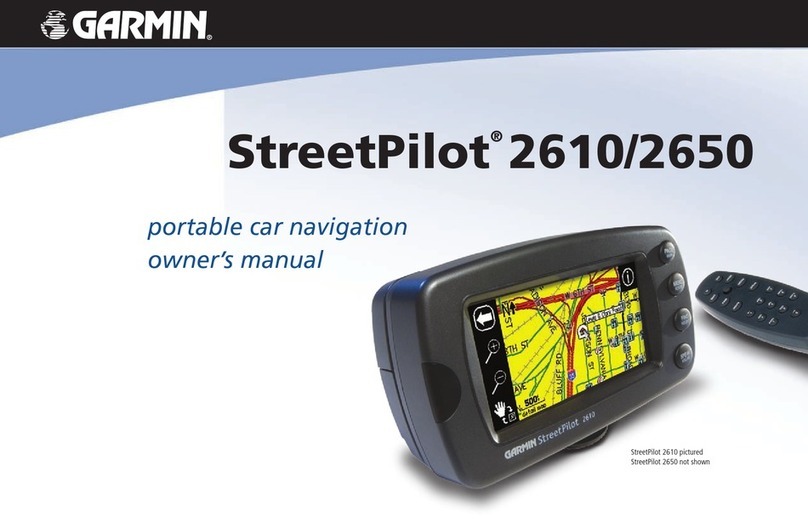Page 4
3 Navigating 36
3.1 Selecting the destination of a route 36
3.1.1 Entering an address or part of an address 37
3.1.1.1 Entering an address 37
3.1.1.2 Entering the midpoint of a street as the destination 40
3.1.1.3 Selecting an intersection as the destination 42
3.1.1.4 Selecting a city/town centre as the destination 44
3.1.1.5 Entering an address with a postal code 46
3.1.1.6 Tips on entering addresses quickly 48
3.1.2 Selecting the destination from the Places of Interest 49
3.1.2.1 Quick search for a Place of Interest 50
3.1.2.2 Searching for a Place of Interest using preset categories 51
3.1.2.3 Searching for a Place of Interest by category 54
3.1.2.4 Searching for a Place of Interest by name 58
3.1.2.5 Selecting nearby assistance from ‘Where Am I?’ 61
3.1.3 Selecting a map location as the destination 63
3.1.4 Selecting the destination from your Favourites 64
3.1.5 Selecting the most likely destination (Smart History) 66
3.1.6 Selecting the destination from the History 67
3.1.7 Entering the coordinate of the destination 68
3.1.8 Building the route from the list of destinations (Create Route) 70
3.2 Viewing the entire route on the map 71
3.3 Checking route parameters and accessing route related functions 72
3.4 Modifying the route 73
3.4.1 Selecting a new destination when already having a route:
New Route, Waypoint of Final Destination 73
3.4.2 Setting a new starting position for the route 74
3.4.3 Editing the list of destinations (Edit Route) 76
3.4.4 Pausing the active route 76
3.4.5 Cancelling the active route 77
3.4.6 Checking route alternatives when planning the route 77
3.4.7 Changing the route planning method (route alternatives) 78
3.4.7 Changing the vehicle used in route planning 80
3.4.8 Changing the road types used in route planning 81


